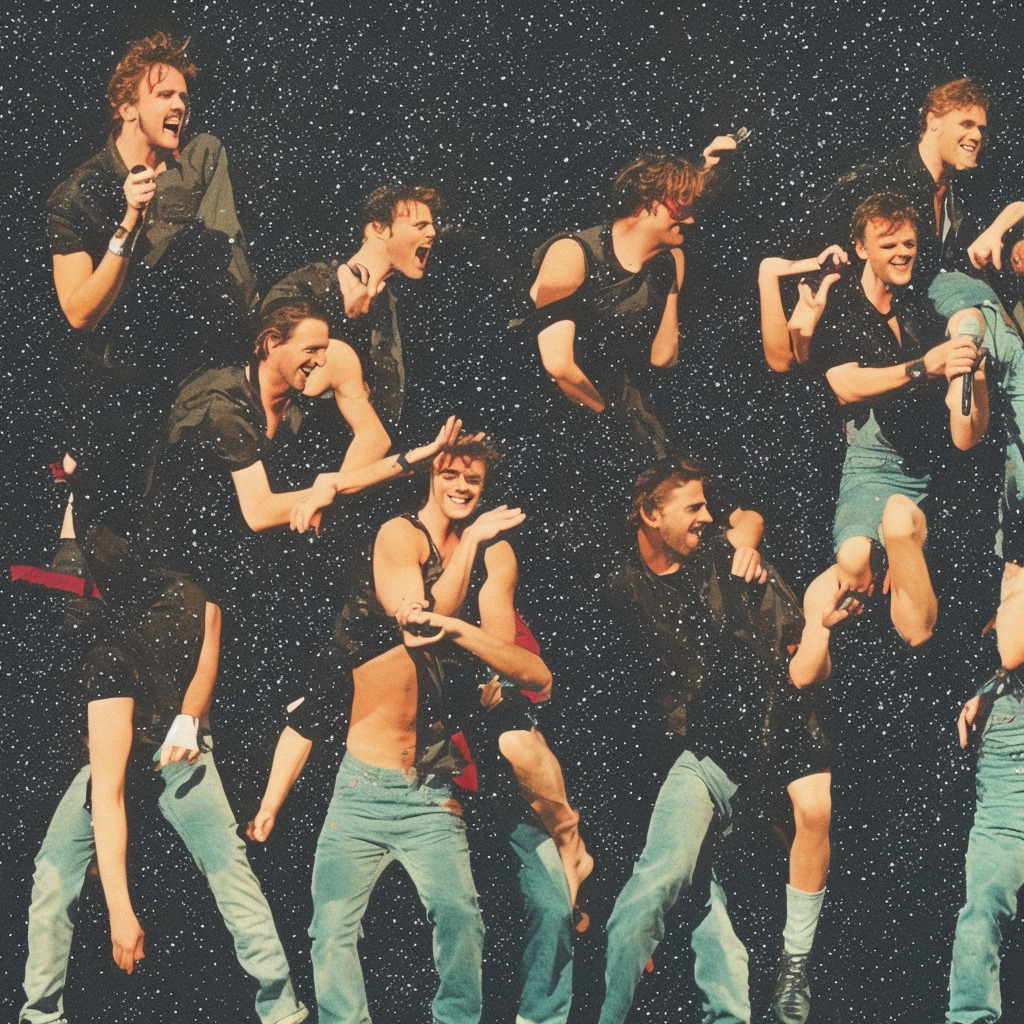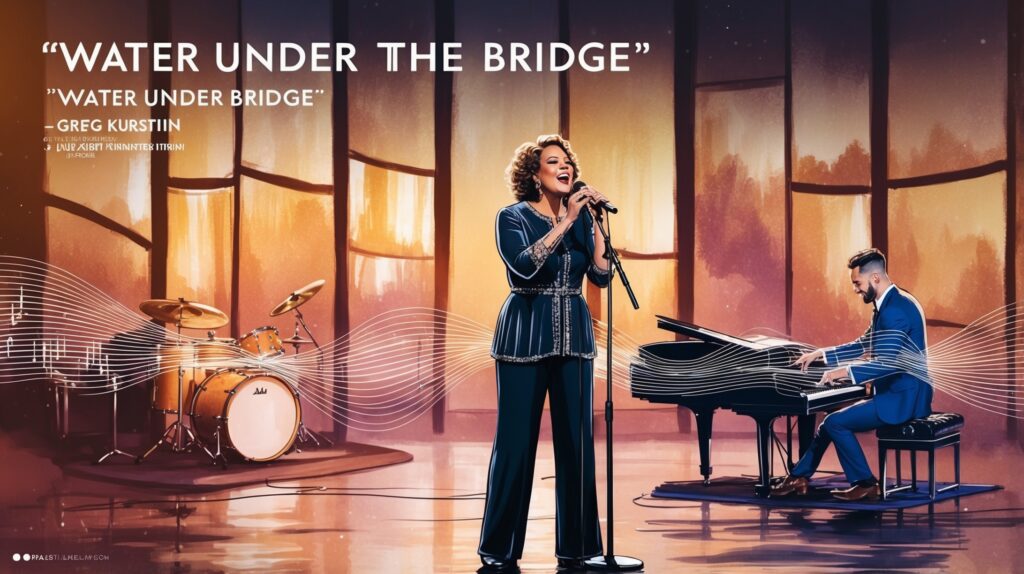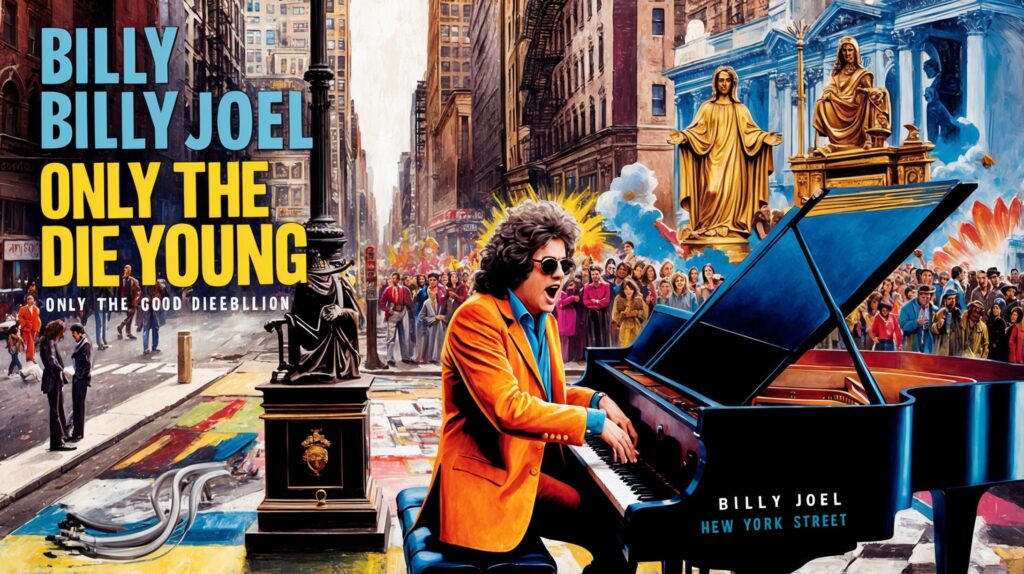“Back for Good” vibes 🎶 Did you know Take That filmed the iconic rain-soaked video in just ONE day? ☔ Talk about dedication! 🤩 #TakeThat #BackForGood #90sPopHits Read about it: tinyurl.com/wma8bwkc
Take That: The Masterminds Behind a Timeless Hit
Take That: Pioneering Pop Maestros Deliver Timeless Masterpiece with “Back for Good”
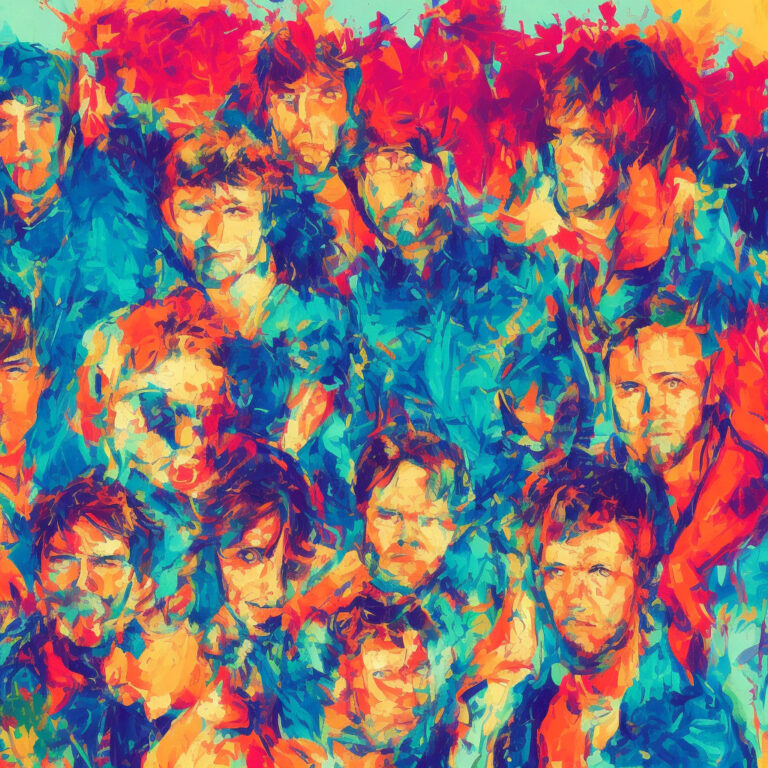
Take That, the iconic, Manchester-based boy band, has delivered countless chart-topping hits over its three decades of existence. Comprising members Gary Barlow, Robbie Williams, Howard Donald, Jason Orange, and Mark Owen, the band has seen its fair share of lineup changes and drama. However, one thing that has remained unwavering is their ability to produce music that resonates with audiences worldwide. Arguably one of their most unforgettable songs is none other than “Back for Good,” a classic ballad that continues to reign supreme in playlists everywhere.
Released in 1995 as the second single from their third studio album, “Nobody Else,” “Back for Good” is a testament to the band’s incredible songwriting and harmonization skills. Penned by lead vocalist and songwriter Gary Barlow, the track quickly rose to fame, topping the UK Singles Chart and even reaching No. 7 on the US Billboard Hot 100—proving that Take That’s appeal effortlessly transcended geographical boundaries.
The song’s poignant lyrics and mesmerizing melody strike a chord with listeners, as it delves into themes of love, loss, and the desire for reconciliation. Its accompanying music video, directed by Vaughan Arnell, further underscored the band’s romantic image as they performed the ballad amid a torrential downpour. Indeed, the visual and auditory elements of “Back for Good” came together seamlessly to create a timeless masterpiece.
Take That’s undeniable talent has not gone unnoticed. Over the years, they have received numerous accolades, including eight BRIT Awards, seven ECHO Awards, and even a prestigious Ivor Novello Award for their songwriting achievements. While “Back for Good” did not win any major awards, its enduring popularity and critical acclaim is a testament to its impact on the music landscape.
Of course, even a band as accomplished as Take That has experienced its share of turmoil. The departure of Robbie Williams in 1995 marked the beginning of a turbulent period, leading to their initial disbandment in 1996. However, against all odds, the group made a triumphant return in 2006 (sans Williams), proving that their resilience and passion for music remained unshaken.
In summary, Take That’s “Back for Good” is a prime example of their musical prowess and ability to connect with listeners on an emotional level. The song remains a beloved classic, and the band’s storied history and diverse repertoire only add to its significance in the pop music pantheon. Though they’ve faced their share of challenges, Take That continues to endure, proving that their impact on the music world is, indeed, here to stay.
Charting the Success
“Back for Good”: Take That’s timeless pop anthem conquers charts worldwide, leaving an indelible mark on music history.

Released on 27th February 1995, “Back for Good” became an instant hit and cemented Take That’s place in pop history. The song quickly climbed the UK Singles Chart, debuting at number 14, which was a remarkable feat considering its initial release was a limited edition 7″ white vinyl in the UK. The following week, the track skyrocketed to the number one spot, where it held its position for a total of four weeks.
Not only did “Back for Good” dominate the UK charts, but it also made significant waves internationally. In the United States, the song peaked at number seven on the Billboard Hot 100, giving Take That their first and only major stateside hit. It reached the top 10 in over 30 countries, including taking the number one spot in countries like Ireland, Australia, and Norway. Additionally, it placed within the top 3 in several other nations, highlighting the song’s universal appeal.
The song’s impressive chart performance continued for weeks on end, marking its presence in various all-time charts. In the end, “Back for Good” managed to secure the fourth position in the UK’s year-end chart for 1995. Furthermore, the song notched up the 34th spot in the UK’s decade-end chart for the 1990s, proving its lasting impact on the music scene.
“Back for Good” also found recognition and success on a more prestigious platform, as it was nominated for the 1996 BRIT Awards in the Best British Single category. Although it didn’t win the award, the nomination itself further emphasized the song’s significance in the British pop landscape.
In terms of chart trivia, “Back for Good” has been covered by various artists over the years and even experienced a resurgence in 2005 when Boyzone’s Ronan Keating and Lulu performed the song on ITV’s “All-Time Greatest Love Songs.” This performance resulted in the song re-entering the UK Singles Chart at number 89, a full decade after its initial release.
To sum up, the chart success of “Back for Good” is a testament to its catchy melody, heartfelt lyrics, and Take That’s undeniable talent. The song’s impact on the music world will undoubtedly be remembered for years to come.
Diving Deeper into the Lyrics of a ’90s Classic
Got a picture of you beside me, got your lipstick mark still on your coffee cup
Got a fist of pure emotion, got a head of shattered dreams
Gotta leave it, gotta leave it all behind now
Whatever I said, whatever I did, I didn’t mean it
I just want you back for good
(Whenever I’m wrong, just tell me the song and I’ll sing it)
You’ll be right and understood
I want you back for good
Unaware, but on the line, I figured out the story (No, no)
It wasn’t good (No, no), but in the corner of my mind (Corner of my mind)
I celebrated glory
But that was not to be
In the twist of separation, you excelled at being free
Can’t you find a little room inside for me
Whatever I said, whatever I did, I didn’t mean it
I just want you back for good
(Whenever I’m wrong, just tell me the song and I’ll sing it)
You’ll be right and understood
I want you back for good
The lyrics of “Back for Good” by Take That feature a powerful and emotional narrative about love, loss, and the desire to reconnect with a former significant other. Written in 1995, it was a time when society was experiencing a lot of cultural and social changes, and the longing for stability in relationships can be seen as a reflection of that tumultuous period. People were looking for a sense of belonging and yearning for a time when things seemed simpler and more secure.
The words reveal the vulnerability of the song’s protagonist, who admits their mistakes and wishes for another chance to make things right. They acknowledge their flaws and are willing to make amends, which is a powerful sentiment that resonates with many people who have experienced heartache and regret in their own lives.
It’s also worth noting that the lyrics touch upon the struggle of finding one’s place in the world and the challenge of establishing a sense of identity during a time of change. As the protagonist attempts to find a “little room inside” for themselves, they highlight the struggle many people faced in the ’90s, as they tried to adapt to a rapidly evolving society.
Overall, “Back for Good” captures the spirit of the mid-’90s with its poignant lyrics that speak to the heart and evoke a sense of nostalgia for a time many remember as both dynamic and bittersweet.
A Trip Down Memory Lane: The “Back for Good” Music Video
Dive into nostalgia with “Back for Good’s” timeless music video, featuring rain-soaked harmonies, stunning Spanish coastlines, and the genius direction of David Mallet.
The iconic music video for “Back for Good” was masterfully directed by David Mallet, who is well-known for his work with popular artists such as Queen, David Bowie, and AC/DC. The video was filmed in black and white, which brings a timeless and nostalgic feel to the visuals. The location for the shoot was the beautiful coast of Puerto Banús in Marbella, Spain, a perfect backdrop for the emotionally charged lyrics and melody of the song.
The video opens with Gary Barlow, the lead singer and songwriter, sitting alone on a rooftop, emphasizing the sense of loneliness and longing that the song conveys. As the video progresses, the other band members join him on the rooftop, harmonizing and dancing in the rain. The choice to film in the rain was not initially planned, but the band and director decided to embrace the unexpected weather conditions and incorporated it into the video, which added to the raw emotional impact of the song.
Production-wise, the “Back for Good” music video was shot using a Steadicam, which allowed for smooth and dynamic camera movements that captured the band’s performance from various angles. The use of natural lighting and silhouettes further enhance the video’s artistic approach, giving it a moody and atmospheric quality.
Though the budget for the music video has never been officially disclosed, it is clear that the production value was high, as evidenced by the stunning visuals and seamless editing. The investment paid off, as the video became a classic, receiving heavy rotation on MTV and other music channels, and contributing to the song’s worldwide success.
In the age of YouTube and fan tributes, “Back for Good” has inspired various fan-made videos and covers, which have garnered thousands of views. These fan videos often feature compilations of the band’s live performances, emotional scenes from movies and TV shows, or even original footage created by dedicated fans of Take That. The enduring popularity of the song and its music video is a testament to the band’s lasting impact on pop culture and the hearts of music lovers worldwide.
The Mastermind Behind “Back for Good”
Gary Barlow, the iconic composer and lead singer of Take That, is the creative genius behind “Back for Good.” With his distinct songwriting style and remarkable ability to blend pop and soul, Barlow has penned numerous chart-topping tracks for the band. One such notable creation is “Patience,” a song that earned Take That the 2007 Ivor Novello Award for Best Song Musically and Lyrically. Barlow’s impressive songwriting skills extend beyond the band as well; he has written hits like “Forever Love” and “Let Me Go” for his solo career, and has even composed for other renowned artists, such as “Shame” for Robbie Williams. With a keen sense of melody and heartfelt lyrics, Gary Barlow’s compositions continue to leave an indelible mark on the music world.
A Legacy of Awards, Appearances, and Covers
“Back for Good”: A Timeless Pop Ballad that Transcends Genres and Generations, Leaving a Lasting Legacy of Accolades, Screen Appearances, and Inspiring Covers.
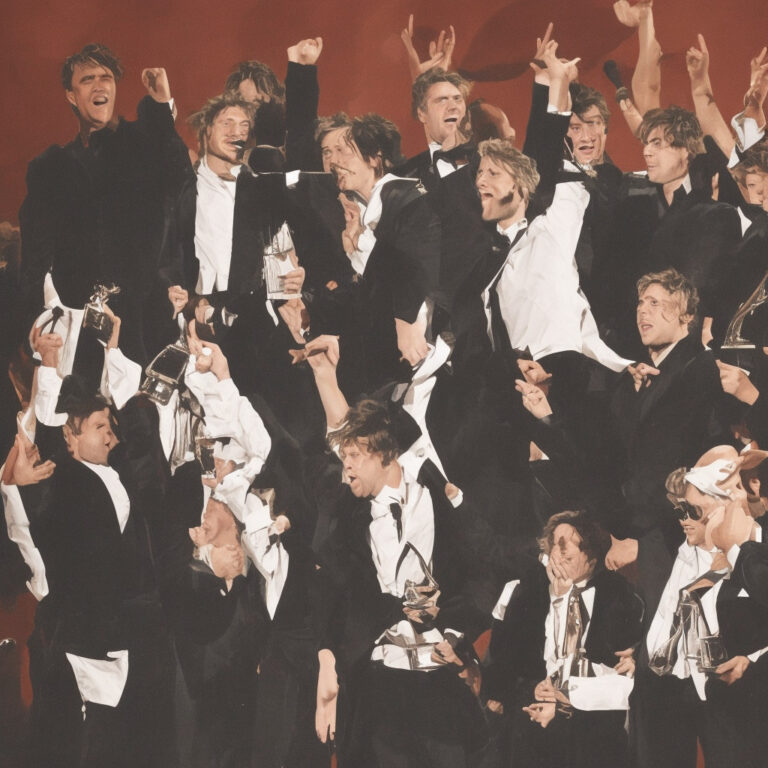
“Back for Good” has not only stood the test of time as a beloved pop ballad since its release in 1995, but it has also garnered several awards and accolades. The song was nominated for the prestigious Best British Single at the 1996 BRIT Awards, a testament to its success and popularity. It further achieved international recognition, earning a nomination for Best Original Song at the 1996 Ivor Novello Awards. Despite not bagging the awards, the nominations alone revealed the impact of “Back for Good” in the music industry.
In the realm of television and movies, “Back for Good” has made notable appearances as well. The song was featured in the British television series, “Cold Feet,” and was used for a memorable scene in season 2 of the show. Additionally, the hit track made its way into the American sitcom, “Ugly Betty,” during its first season. The wide exposure of the song in various media formats certainly speaks to its universal appeal and enduring quality.
Over the years, “Back for Good” has also inspired numerous cover versions by talented artists from different genres. Boyzone, an Irish boy band, performed a live cover of the song during their 2008 “Back Again… No Matter What” tour. In 2014, British singer-songwriter Gary Barlow, who is also the lead songwriter of Take That, performed a stunning cover of the song alongside American musician and producer, Janelle Monáe, on BBC Radio 1’s Live Lounge. Even Canadian singer Michael Bublé couldn’t resist putting his own spin on the classic hit, performing it live during his 2015 concert at London’s O2 Arena.
This iconic pop anthem’s presence in various media platforms and a steady stream of cover versions are a testament to its timeless appeal. As “Back for Good” continues to resonate with fans, both old and new, one thing is certain: its legacy as a cherished love song will endure for years to come.
Delving into the Musical Structure
“Back for Good” is a beautifully crafted pop ballad that showcases Take That’s melodic prowess and ability to tap into the listener’s emotions. The song is written in the key of D major, which gives it a bright and uplifting feel, despite the lyrics describing a heartfelt plea for reconciliation.
The chord structure of “Back for Good” is relatively simple, yet effective. The verses predominantly follow a D, A/C#, Bm, G, A pattern, with occasional variations. This progression adds to the song’s catchy nature, allowing the listener to easily hum along. The pre-chorus, on the other hand, employs a more dramatic shift to the relative minor key of B minor, providing a perfect transition to the memorable chorus.
The chorus is where the song’s magic truly happens, utilizing a chord progression of D, A/C#, Bm, G, Em, A, D. This sequence not only provides a strong melodic hook but also reinforces the overall theme of the song. The use of the Em chord in the chorus adds an extra layer of emotional depth, making it stand out from the other sections.
One of the most noticeable aspects of “Back for Good” is its moderate tempo of around 82 beats per minute (BPM). This tempo allows the song to maintain a relaxed and introspective atmosphere while still retaining enough energy to engage the listener. Additionally, the 4/4 time signature and steady drumbeat give the song its solid rhythmic foundation, supporting the melody and lyrics without overpowering them.
Another noteworthy feature of “Back for Good” is its use of vocal harmonies. Take That’s members are known for their strong and distinctive voices, and this song is no exception. The harmonies add a layer of richness to the overall sound, particularly in the chorus, where each member’s vocal contribution blends seamlessly with the others.
The instrumentation of “Back for Good” is relatively sparse, allowing the vocals and melody to take center stage. The gentle piano intro sets the tone for the song, while the acoustic guitar provides a steady rhythmic accompaniment throughout. Subtle string arrangements and synthesizer pads add depth and warmth to the mix, enhancing the song’s emotional resonance.
In conclusion, “Back for Good” is a masterclass in pop ballad composition, showcasing Take That’s ability to create a memorable and emotionally resonant song. The combination of its accessible chord structure, moderate tempo, and tasteful instrumentation makes it a timeless piece that continues to resonate with listeners today.

